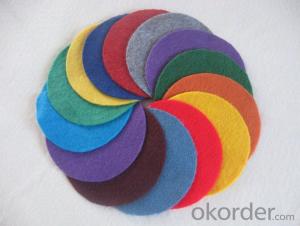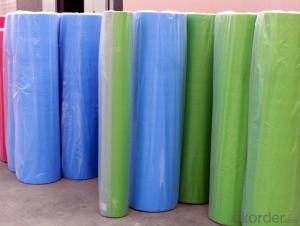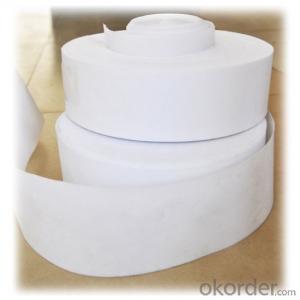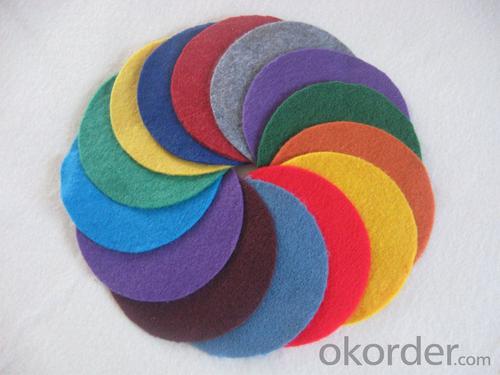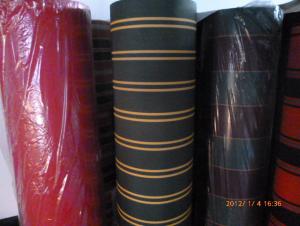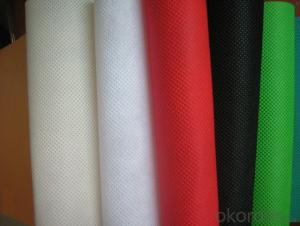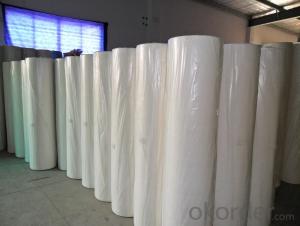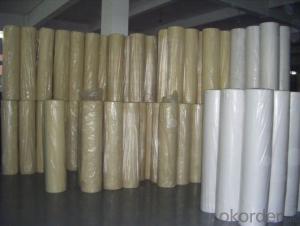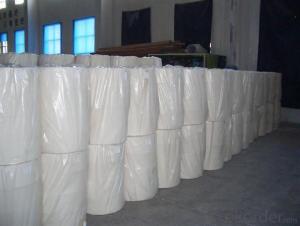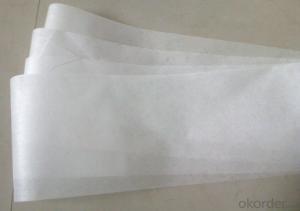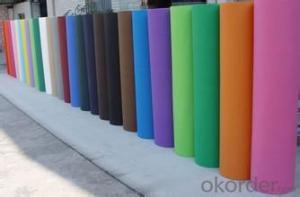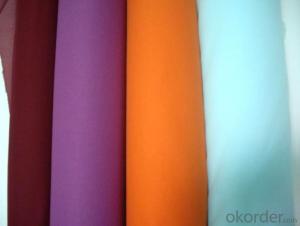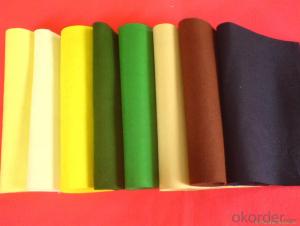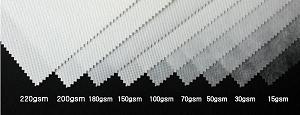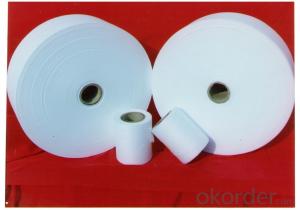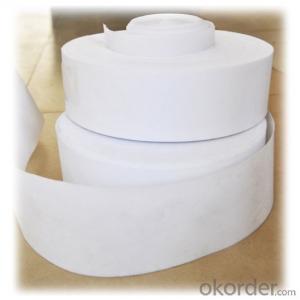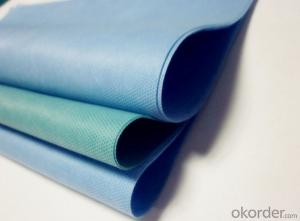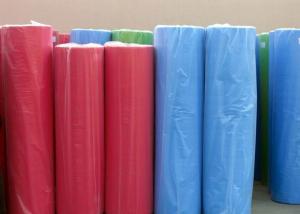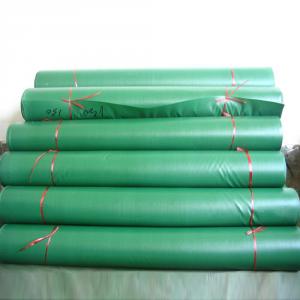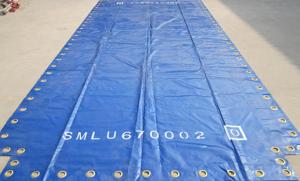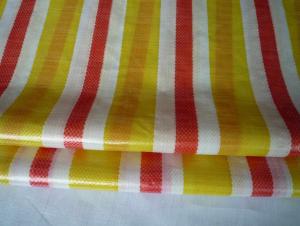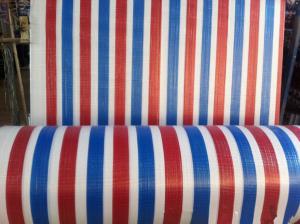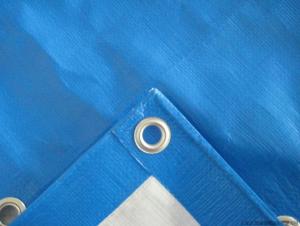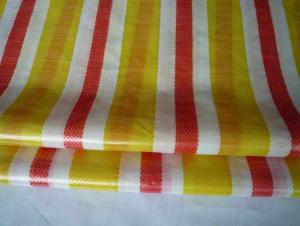Nonwoven Fabric Wholesale Spunbond Polypropylene Non Woven Febirc
- Loading Port:
- Shanghai
- Payment Terms:
- TT OR LC
- Min Order Qty:
- 1000 kg
- Supply Capability:
- 100000 kg/month
OKorder Service Pledge
OKorder Financial Service
You Might Also Like
Eco-friendly Polypropylene PET Spunbond Non-woven Fabrics Made in China
Our products have been widely used in the field of medical& sanitary, industry &agriculture, and construction &daily-used products such as agriculture plant covers, roof waterproof materials, disposable items for medical and industrial applications, liners for furniture, lining in cases,apparel, warm facilities, bedding products, sofas, packing materials, packing material land mulriple cloth shopping bags, suits and garment covers, Industrial protective coveralls, garment accessory materials, bed articles, medical and sanitary articles as well.
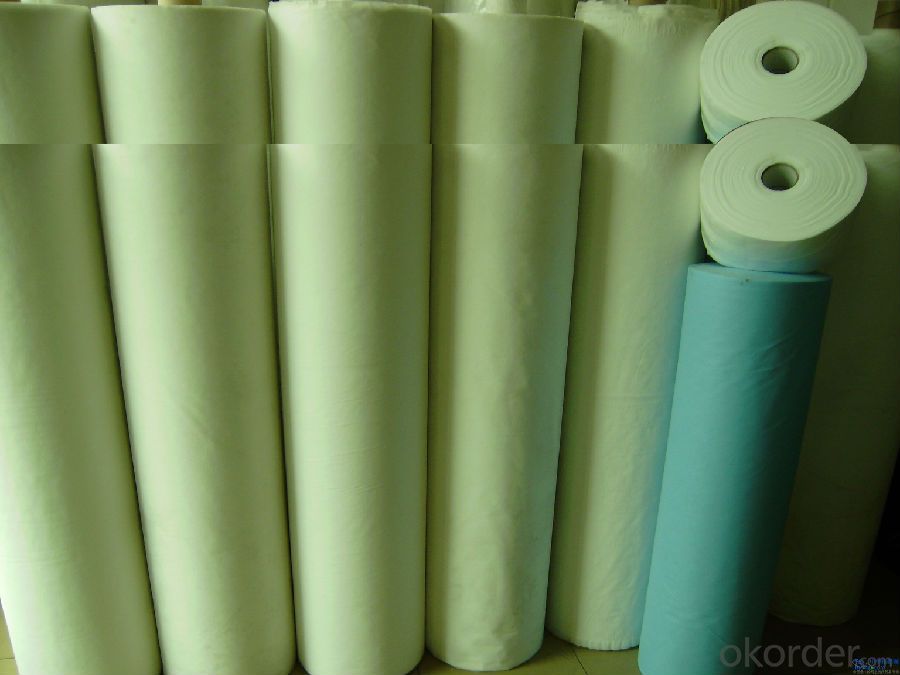
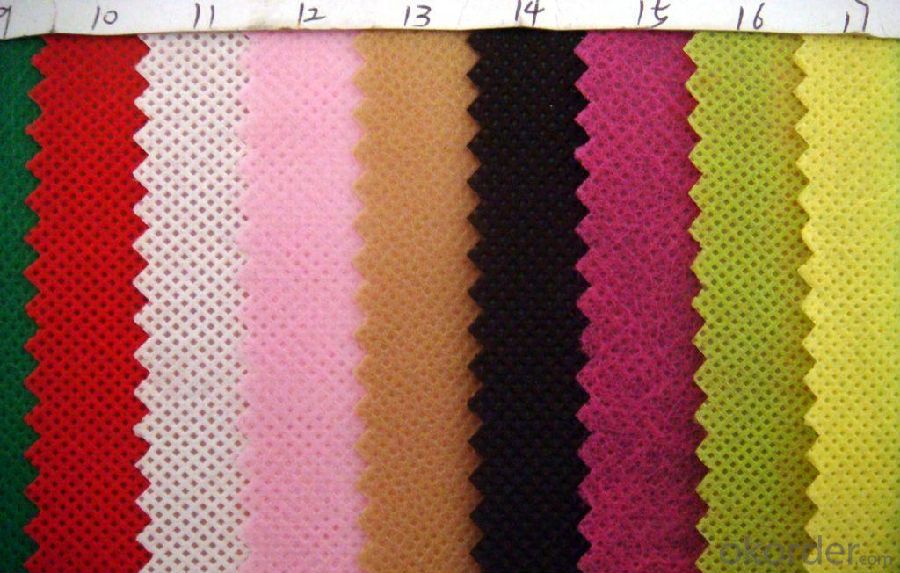
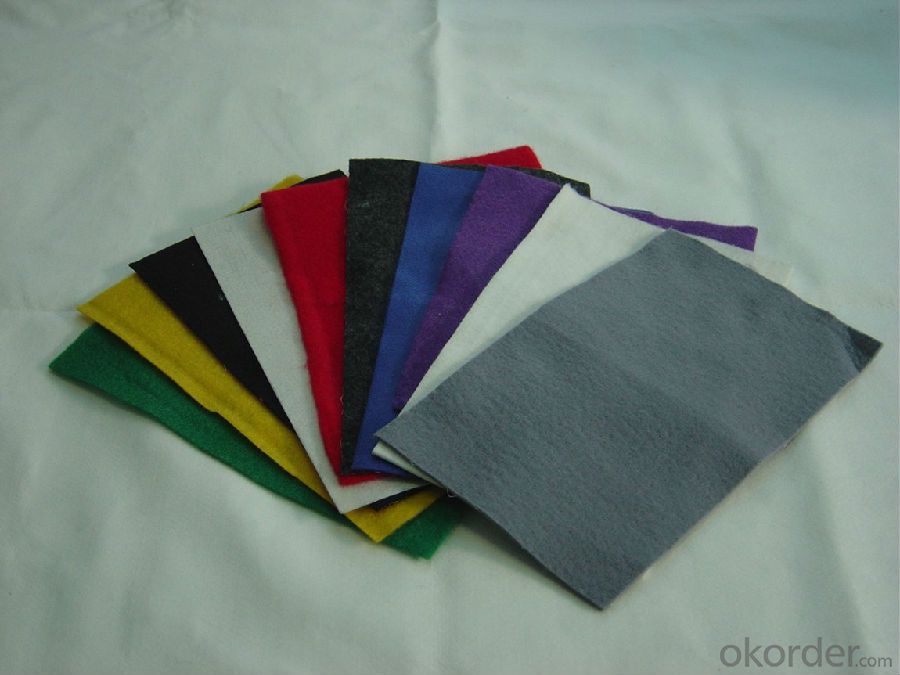
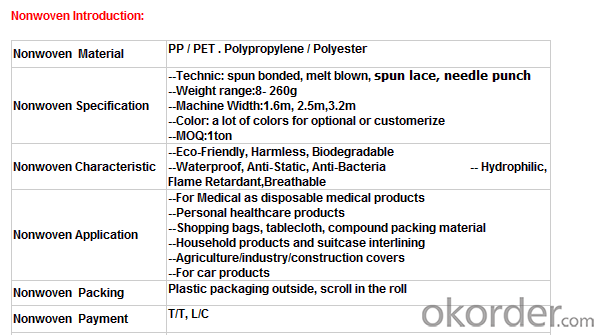
Our Service:
Within 24 hours reply ;
Well-trained and experienced staffs in English;
OEM & ODM , Customized are warmly welcomed , or design for you ;
Protecting customer’s privacy and profits;
Make sure the quality is approved , or we pay the return or remake them at once .
Nonwoven Advantage:
1. Light: Polypropylene is the main raw material; specific gravity is 0.9, is only third five, fleecy and touches well.
2. Flexibility: made up of microfiber (2-3D), dot by dot thermo-melt formed. Flexibility of products is suitable, comfortable.
3. Water resistance and breathability: slices of Polypropylene and finished products resist water, breathable and easy to maintain and wash.
4. Non-toxic, non-irritating: made of materials which catch up FDA standard, without other chemical composition, stable, non-toxic, no smell, safe for sensitive skin.
5. Anti-bacterial, anti-chemical: Polypropylene is blunt chemical substances can protect in liquid from bacterial and insects; antibacterial, alkali corrosion, erosion and the finished product will not affect sensitive skin.
FAQ:
Q: What standards are you carrying out for your products?
A: We produce according to the ISO9001 and ISO14001 rules.
Q: How to install the machine?
A: We will arrange 1~2 engineers to your factory to guide installation and assembly.
Q: What’s your international market?
A: We Have exported to about 40 countries and regions all around the world, such as, the USA, France, Singapore, Australia, Middle East, Brazil, Peru and so on.
Q: Do you sell steel shot or steel grit which can be uses in shot blasting machine?
A: We have four production lines for steel shot and steel grit production, one work shop for steel cut wire shots, and one workshop for stainless steel shot and Aluminium shot and so on.
Q: Do you have the right to export?
A: Yes, we registered in the Customs and gained the right to export by ourselves.
- Q: What is the meaning of TOP in the textile industry?
- Double-sided cloth can be added in the stereotypes when the anti-water treatment, padding-related anti-watering auxiliaries and then re-type
- Q: Textile machine, I should use single-phase power or three-phase electricity
- Production capacity and what kind of relationship you use it, and your productivity and equipment utilization relationship is quite big, the motor is not that, but I feel with three-phase motor will be more convenient (if you want to reverse the words One-way will be more trouble than the three-phase)
- Q: What is the difference between the nonwovens industry and the textile industry?
- Nonwovens finished low, to replace the traditional textiles, of course, is able to replace the place
- Q: What are the problems with the transformation and upgrading of the processing trade of textile enterprises?
- I think this is clearly the focus of the "revitalization plan". It is worth noting that the "revitalization plan" has made clear the "textile industry is the traditional pillar industry of China's national economy and an important livelihood of the industry, but also the international competitive advantage of the industry
- Q: What is the purpose of using detergent in the textile industry?
- Detergent is mainly used for chemical fiber and blended textile dyeing treatment, the main purpose is to remove oil, impurity, in addition to pollution
- Q: What are the invoices for the textile industry?
- Ordinary invoices can not be deducted, VAT invoices for input tax can offset sales tax
- Q: DTY FDY POY What are the textile raw materials?
- FDY: full stretch silk. Full name: FULL DRAW YARN. The synthetic filament filaments were further prepared by spinning. The fibers have been fully stretched and can be used directly for textile processing.
- Q: What is the whole process of textile and apparel trade?
- First on the process of single word processing, translated into Chinese. Refer to and control the previous year to check the process alone (mainly refers to the old customers), to study whether there are new changes or there are wrong places, focusing on whether there is a special request, the process of a single indication of the place to communicate with customers in time, such as Customers do not understand where the order can be handled in accordance with the regular operation requirements.
- Q: Application of Biological Enzyme in Textile Processing
- Glucose oxidase in the textile processing applications: glucose oxidase mainly for fabric bleaching finishing, this enzyme treatment of hydrogen peroxide production is very effective, the treatment does not require the addition of hydrogen peroxide stabilizer, the fabric after the handle feel soft and plump.
- Q: How to do the textile warehouse damp
- Most of the factories and enterprises have been aware of the humid environment, is very conducive to the development of industrial production, humid environment will often make the product is a great deal of harm, so that business efficiency
Send your message to us
Nonwoven Fabric Wholesale Spunbond Polypropylene Non Woven Febirc
- Loading Port:
- Shanghai
- Payment Terms:
- TT OR LC
- Min Order Qty:
- 1000 kg
- Supply Capability:
- 100000 kg/month
OKorder Service Pledge
OKorder Financial Service
Similar products
Hot products
Hot Searches
